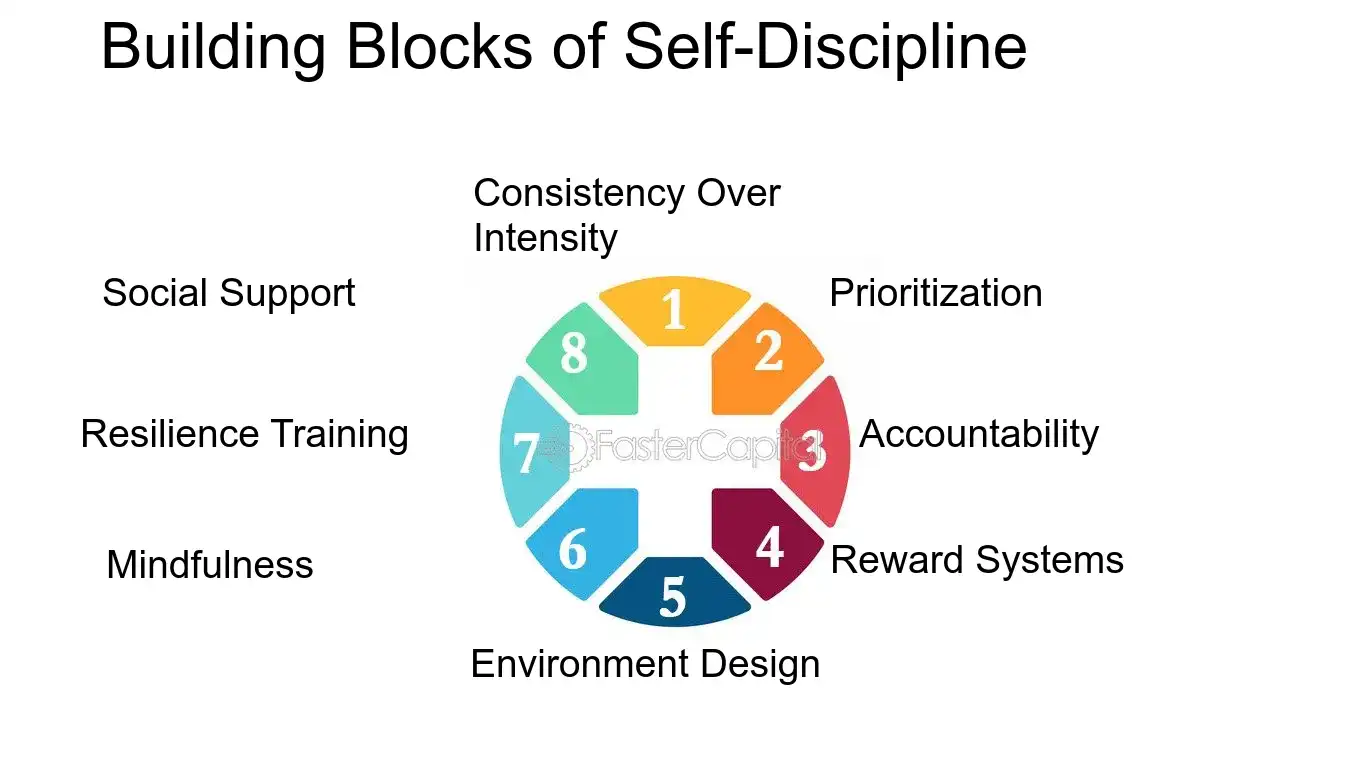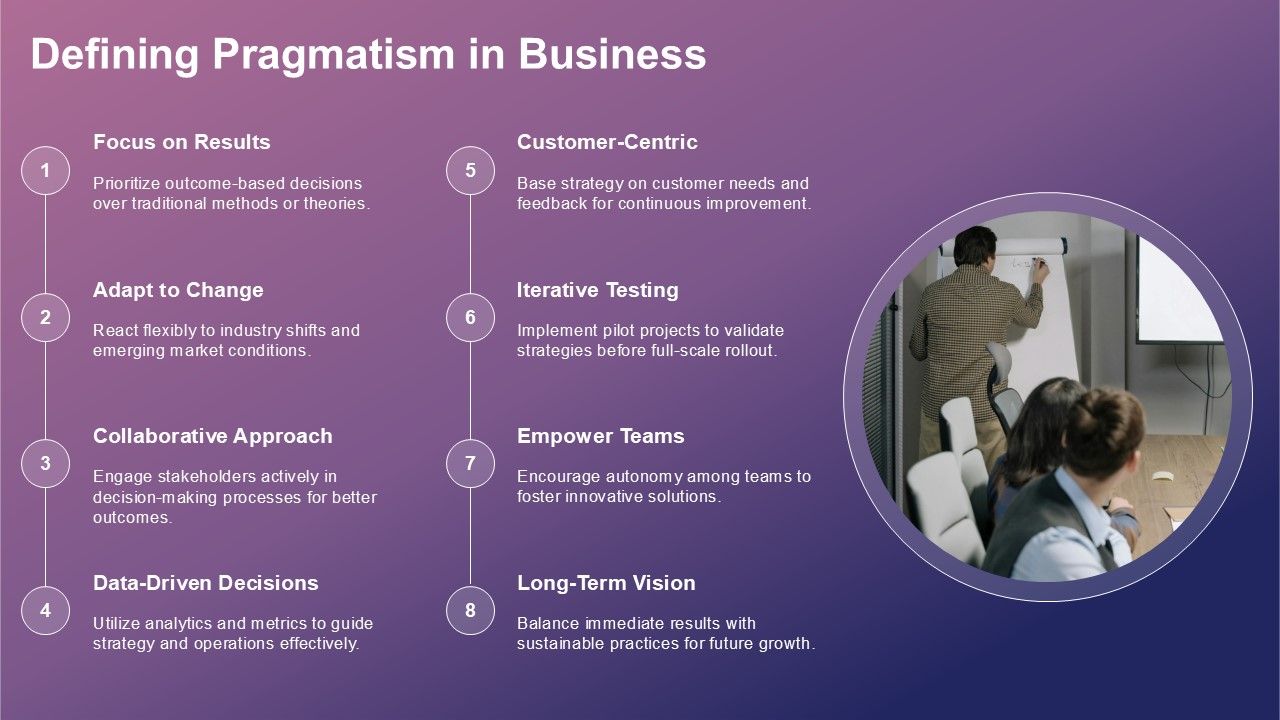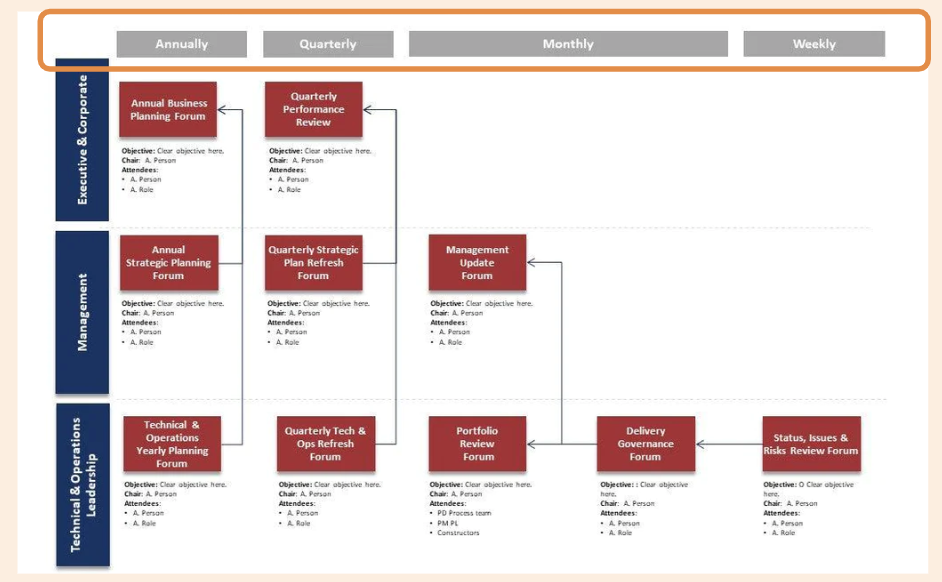Strategic focus is the quiet engine behind breakthrough results. It’s not flashy; it’s not always visible in mission statements or sprint boards. Yet organizations and individuals who master this hidden discipline consistently outpace competitors, reduce wasted effort, and achieve clearer, more meaningful progress. This guest post explains what strategic focus truly is, why it’s rare, and — most importantly — how to build it into your routines, teams, and systems.
What is Strategic Focus?
Strategic focus is the deliberate, disciplined allocation of attention, resources, and actions toward a small set of high-impact objectives. Unlike multitasking or shallow prioritization, strategic focus requires:
- Clarity about long-term goals and the few critical initiatives that move you toward them.
- Trade-off courage to say “no” to opportunities that dilute impact.
- Sustained attention over time, not bursts of activity followed by churn.
Think of it as a filtering muscle — the better you get at filtering, the more of your energy lands where it creates lasting value.
Why Strategic Focus Is “Hidden” — and Why That Matters
Many companies celebrate agility and responsiveness, and many individuals wear busyness as a badge of honor. Those cultural norms make strategic focus invisible because:
- Short-term tasks accumulate and obscure long-term priorities.
- Leadership often rewards activity over outcomes.
- Teams confuse responsiveness with strategic alignment, reacting to every stakeholder request rather than filtering for impact.
This hiddenness matters because it makes strategic focus an advantage. When everyone else is distracted, being focused becomes a competitive moat.
The Pillars of Strategic Focus
1. Purpose-Driven Priorities
A clear purpose lets you separate signal from noise. Purpose-driven priorities are:
- Anchored to a measurable strategic objective (e.g., grow active users by 30% in 12 months).
- Limited in number — three to five priorities at most for an organization; one to three objectives for teams.
- Communicated with why and what success looks like.
Actionable tip: Write one short paragraph that links each priority to the company’s purpose and measurable outcomes.
2. Ruthless Resource Allocation
Focus is only effective when resources (time, money, talent) align with priorities.
- Allocate budgets and people based on expected impact, not historical inertia.
- Create decision rules for reallocating resources when new opportunities arise.
- Use small, fast experiments to validate bets before scaling.
Actionable tip: Institute quarterly resource reviews where every ongoing project must justify continued funding by demonstrating traction toward priorities.
3. Structured Cadence and Rituals
Discipline is a cultural habit. Rituals create momentum:
- Weekly priority standups that center on progress against a few key results.
- Monthly strategy reviews that assess learning and decide on adjustments.
- Quarterly “focus resets” where teams prune low-impact work.
Actionable tip: Replace status meetings that list tasks with a 15-minute check-in focused on two questions: What moved the needle last week? and What will move it this week?
4. Decision-Making Frameworks
Focus thrives where decisions are fast and consistent.
- Adopt frameworks like Eisenhower Matrix, RICE (Reach, Impact, Confidence, Effort), or OKR-based gating to evaluate opportunities.
- Train leaders to apply the framework uniformly so decisions become predictable and bias-resistant.
Actionable tip: Create a one-page decision rubric that lists non-negotiables (e.g., alignment with top priority, ROI threshold) and post it where project proposals are submitted.
5. Attention Management at the Individual Level
Organizational focus fails if individuals can’t manage their attention.
- Encourage time-blocking for deep work.
- Reduce context switching by introducing meeting-free blocks and asynchronous updates.
- Teach skills like intentional task batching and single-tasking.
Actionable tip: Deploy a team-wide “deep work” hour twice a week and measure impact on throughput.
6. Metrics That Matter
Measure what you care about — and choose metrics that incentivize focus.
- Track leading indicators (inputs that predict outcomes) and lagging indicators (outcomes themselves).
- Avoid vanity metrics that reward activity (e.g., number of meetings) instead of progress.
- Tie incentives and evaluations to meaningful outcomes.
Actionable tip: For each priority, define one leading and one lagging metric and publish them on a visible dashboard.
Common Pitfalls and How to Avoid Them
Pitfall: Prioritization by Loudest Voice
When the loudest stakeholder dictates priorities, focus fractures.
Fix: Institute a transparent prioritization process and decisions are made against documented criteria, not persuasion.
Pitfall: Overcommitment (the “Everything Is a Priority” trap)
Teams say everything is important, which means nothing gets deep attention.
Fix: Limit concurrent priorities. Use a visible scoreboard to show trade-offs and the real costs of adding new work.
Pitfall: Confusing Activity With Progress
Busywork fills calendars but rarely moves strategic needles.
Fix: Shift status reporting from tasks completed to impact produced. Ask: “How did this activity move our key metrics?”
Pitfall: Lack of Follow-Through
Initial focus may exist, but routines and accountability wane.
Fix: Build follow-through into your rituals: explicit owners, timelines, and public progress updates.
Case Study: How Strategic Focus Transformed a Product Team (Hypothetical)
A SaaS company faced stagnating user growth despite many feature releases. Leaders applied strategic focus:
- Clarified priority: Increase product stickiness by improving onboarding.
- Allocated resources: Temporarily re-assigned two engineers and one UX researcher to onboarding improvements.
- Set rituals: Weekly sprint goals tied to onboarding conversion metrics; biweekly experiment reviews.
- Measured impact: Tracked onboarding completion (leading) and 30-day retention (lagging).
Within three months, onboarding completion rose 25% and 30-day retention improved by 12%. The company learned that small, concentrated investments on a single strategic objective produced more runway than broad, unfocused feature work.
Building Strategic Focus in Different Contexts
Startups
Startups must be ruthless about focus because resources are scarce.
- Concentrate on one core value proposition and one growth channel.
- Use rapid experiments to validate assumptions before scaling.
- Keep roadmaps concise and time-boxed.
Established Enterprises
Legacy processes and stakeholder layers dilute focus.
- Start with a pilot team that demonstrates focused outcomes.
- Cascade learnings and adapt governance to scale the discipline.
- Use centralized resource pools to make trade-offs visible.
Individuals and Knowledge Workers
Personal strategic focus unlocks career acceleration.
- Define a 6–12 month career objective and align daily tasks to it.
- Learn to say no and protect your calendar.
- Use reflection rituals — weekly reviews and monthly progress checks.
Tools and Practices That Support Strategic Focus
- OKRs (Objectives & Key Results): Align efforts to measurable outcomes.
- Kanban boards with swimlanes for priorities: Visualize capacity and let teams pull work intentionally.
- Focus timers & time-blocking tools: Support deep work and reduce fragmentation.
- Experiment tracking templates: Ensure learning compounds and decisions are evidence-based.
- Transparent dashboards: Make progress and trade-offs visible to the whole organization.
Leadership’s Role: Modeling the Discipline
Leaders create context and model behavior. To embed strategic focus, leaders must:
- Communicate fewer, clearer priorities and repeat them.
- Model trade-offs — publicly deprioritize initiatives to show commitment.
- Be accessible for tough decisions but resist micromanagement.
- Reward outcomes not busyness.
When leadership treats focus as an organizational capability, it becomes socially easier for everyone else to apply the discipline.
Measuring the ROI of Strategic Focus
Quantifying the benefits helps sustain the practice.
- Compare before-and-after metrics tied to priorities (e.g., conversion, retention, cost per acquisition).
- Track opportunity cost saved from fewer wasted projects.
- Assess team wellbeing — focused work often reduces burnout and improves job satisfaction.
- Evaluate time-to-outcome: focused teams typically reach meaningful outcomes faster.
Practical measurement approach: Run a 3–6 month focused initiative and document baseline metrics, intervention actions, and measured outcomes. Use this case to justify broader adoption.
Quick Implementation Roadmap (First 90 Days)
- Week 1–2: Define top 3 priorities and create a one-page strategy brief.
- Week 3–4: Set decision rules and resource allocation guidelines.
- Month 2: Roll out rituals and a simple dashboard; start pilot projects.
- Month 3: Review outcomes, iterate decision framework, and expand focus practices.
This phased approach balances speed with learning and prevents the “over-engineered” rollout that stalls momentum.
Cultural Shifts That Cement Focus
- Celebrate saying no publicly when it protects a priority.
- Normalize experimentation with clear exit criteria so failed bets are cheap and informative.
- Encourage shared language around trade-offs so discussions stay strategic.
Culture isn’t formed overnight, but consistent practices and recognition accelerate adoption.
FAQ — Frequently Asked Questions
Q1: How is strategic focus different from prioritization?
Answer: Prioritization lists items by importance. Strategic focus goes further — it aligns priorities with long-term purpose, commits resources, creates rituals, and enforces trade-offs over time. Prioritization can be temporary; focus is a sustained discipline.
Q2: Can a team be too focused?
Answer: Yes — over-focus can lead to tunnel vision and missed market signals. The antidote is scheduled strategic check-ins where teams intentionally scan for disruptive changes and re-evaluate priorities.
Q3: What if stakeholders resist deprioritization?
Answer: Use transparent data and decision rubrics. Show the trade-offs in terms of expected impact and opportunity cost. Pilot focused experiments to build evidence and credibility.
Q4: How do you maintain strategic focus in a rapidly changing industry?
Answer: Combine focus with short feedback loops. Keep priorities limited but review them frequently (monthly or quarterly) informed by leading indicators and validated learning.
Q5: Which metrics are best for demonstrating focus pays off?
Answer: Choose leading metrics tied to action (e.g., activation rate, trial-to-paid conversion) and lagging outcome metrics (e.g., retention, revenue growth). The combo shows causality between focused work and results.
Q6: How can remote teams practice strategic focus effectively?
Answer: Lean on asynchronous rituals: clear written priorities, documented decision rules, shared dashboards, and short synchronous alignment meetings focused only on outcomes — not status updates.
Q7: What’s the first thing an individual should do to build focus?
Answer: Define a 6–12 month objective that matters to your role or career. Then map weekly actions that directly contribute, and protect time with calendar rules (e.g., deep-work blocks, meeting limits).



